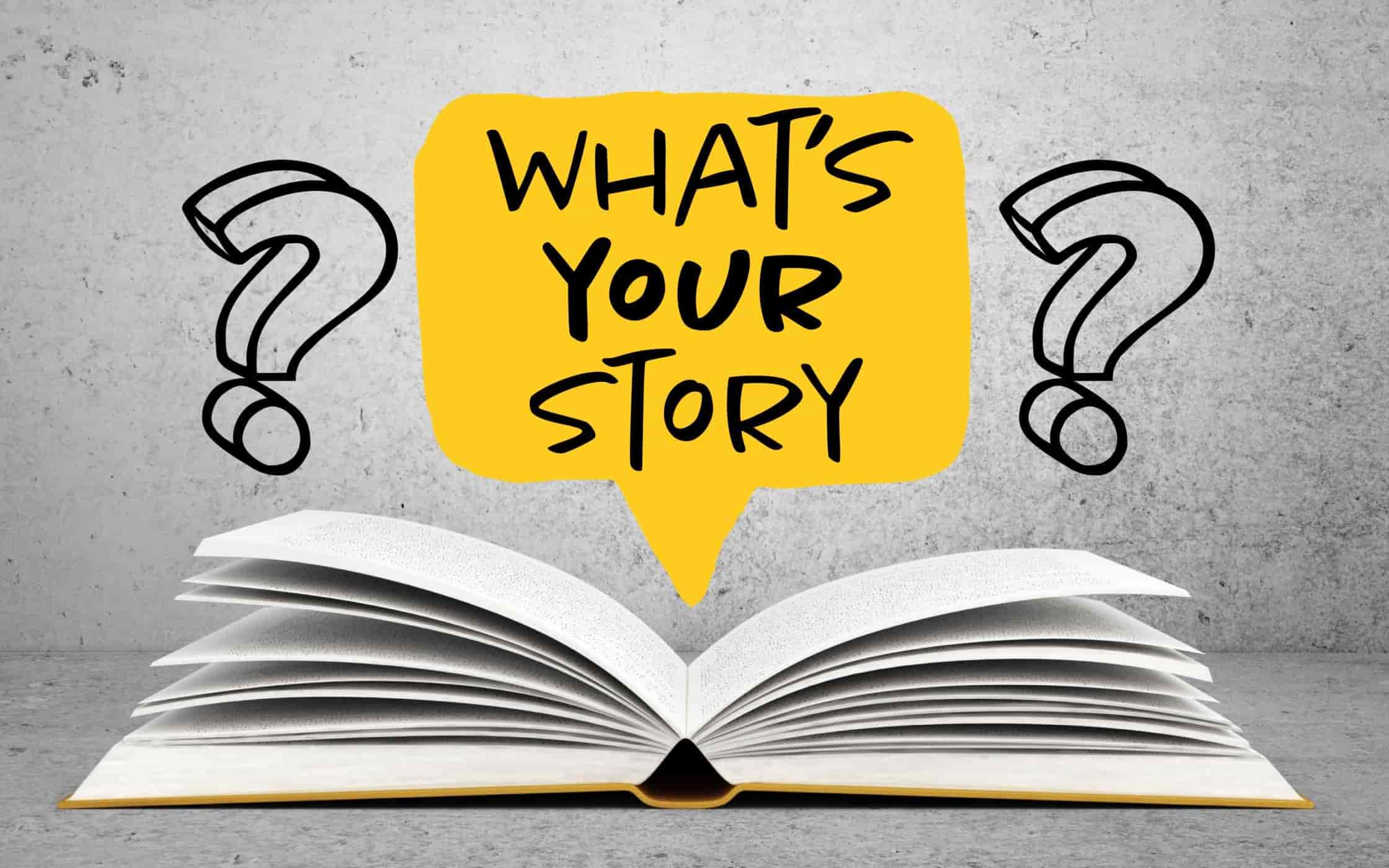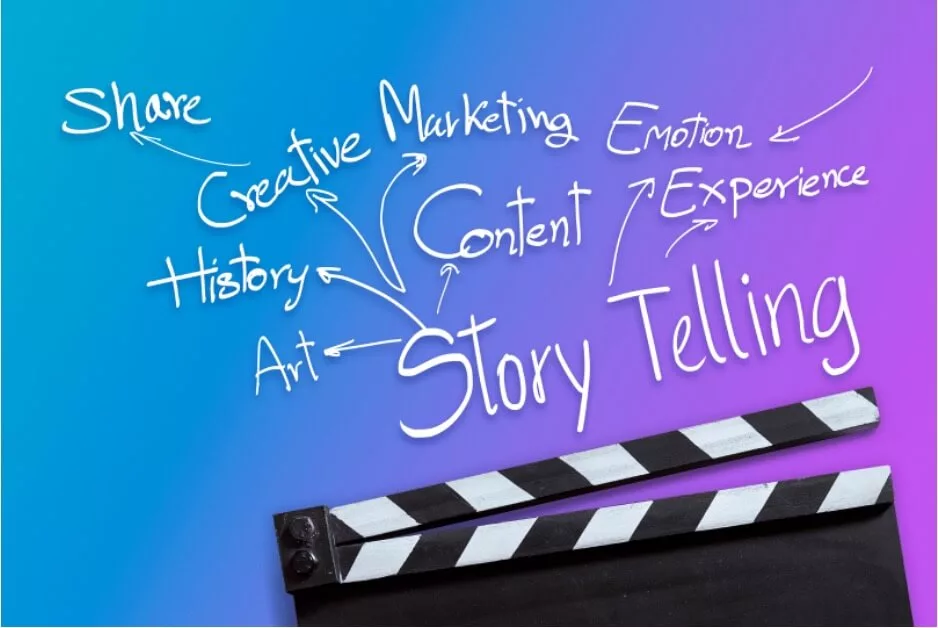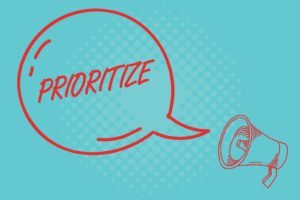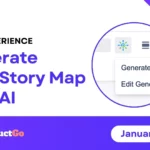One of the major challenges that project management and development teams encounter when working on a project is communication. In part, this is because communicating a concept or a vision for a product can be extremely difficult. This can be especially true at the beginning of a project, or product design when there are unexplored and undeveloped objectives and features. Moreover, Management Roles and Teams often speak different languages insofar as different sectors or departments of businesses have different expertise and different regular tasks; for instance, a Product Owner may not know how to effectively communicate a feature of a product to a Programmer.
Table of Contents
What Is Storytelling in Product Design and Development?
Storytelling in product design and development is not much different from the conventional stories that people tell in everyday life. It involves communicating full, relevant information from different points of view, typically the different customers or people within various departments of the business.
For instance, it can be difficult to understand exactly what features a product should possess in order for the product to be successful. However, if you can identify your target customers and their various challenges, concerns, and objectives, you can break down a large, inconceivable project into small and accessible steps. By telling the story of the product features from the customer’s point of view, you transmit the “image” of the product to the Developer. The Developer can then utilize that information easily and accomplish exactly what you need. However, if you attempt to communicate your idea with incomprehensible business management language, you may not receive the intended feature.
Another example may be when a Stakeholder is engaging in a team meeting with the Development Team over a completed Backlog. The stakeholder may not have an established knowledge of programming language or software development. For this reason, the stakeholder ends up not being able to take part in the discussion, ask any relevant questions, or understand if the task was actually completed according to plan. However, if the Developer can share a full narrative, the stakeholder will be able to understand exactly why, what, and how features were implemented into the product.
What Are the Advantages of Storytelling?
There are many advantages to integrating storytelling into product development. These benefits become especially apparent if you are using Agile apps to present the information in a clear, and organized manner:
- You receive the highest value from completed tasks and phases of development
- You improve collaboration from everyone involved in the project
- You increase communication between the Development Team and Management
- You have a greater ability to include the end-user in product development, even if it is simply during prototype testing
- You improve transparency between Management and Development Teams
- You reduce the risk of placing an excessive amount of time and energy into unnecessary tasks and features
- You can prioritize features and tasks with greater ease
- You can break down overwhelming tasks into smaller, less extensive tasks
How To Implement Storytelling in Product Design
The best part of storytelling is that it can easily be integrated into any small Agile project or large Scaled Agile project. As a matter of fact, storytelling may become more necessary if your project contains multiple products since effectiveness and efficiency will be prioritized in order to be successful in these large undertakings. If you are already using Agile apps, you may have an easier time using storytelling to communicate with your team better.
One of the easiest ways to start storytelling is within User Story Mapping for Jira or Confluence, LeanBoard Collaboration for Jira or Confluence. In these apps, you can begin using Personas and User Stories to create a narrative for your customer. It is important to develop this narrative as though they are a real person, as your target customer will be real with your prototype and when your completed product goes live. You can explore various aspects of your customer such as their main problems and goals. You may wish to take it a step further, especially with software development, to showcase what their main challenges with like-projects are. In these ways, you can truly illustrate who your customer is such that every member of your team understands the focus of the product.
Moreover, you can break down customer narratives down into small, accessible steps. In this way, you can then prioritize the User Stories and then develop a Roadmap and Product Backlog. Through this method, you not only set up a clear illustration and description of your target customer, but you also communicated a full narrative to your team. The Development Team can easily pick up on the objectives and functions of each feature, and the point of each task within the Product Backlog.
If you are utilizing a Product Backlog, you can also use storytelling when you are assessing completed Sprints during a Team meeting. Management and Product Developers can both use narratives during this phase in order to get across the complete picture; whether a Product Developer is presenting why a task was completed a certain way, or if Management determines that further work needs to be done on a certain feature.
Another way of implementing storytelling within the product design and development context is to take advantage of an Agile app such as Mocky Wireframe & Diagram for Jira and Confluence. Spoken and written stories are excellent ways to get across concrete ideas, but mockups and images are an exceptional supplement. With Mocky Wireframe & Diagram, you can easily sketch, draw, or create a product design or prototype.
Moving Forward with Product Development
Storytelling can continue to serve any team during the duration of a project, not only in the beginning phase of product development. If you find that your team is struggling with understanding each other, collaborating effectively, or collaborating at all, you may wish to try storytelling as a way to improve these facets of teamwork. In this manner, you will undoubtedly see beneficial changes within product development.
Agile apps are one of the most efficient ways to collaborate and communicate with your whole team about product design. Exceptionally, User Story Mapping for Jira, LeanBoard Collaboration for Jira or Confluence, and Mocky Wireframe & Diagram for Jira and Confluence may be particularly helpful for you and your team. Of course, having the right tools is only one part of the equation. It is equally important to know how to use your tools to transmit information well. One of the best ways to work with other Management roles and your Development Team is to tell stories.














